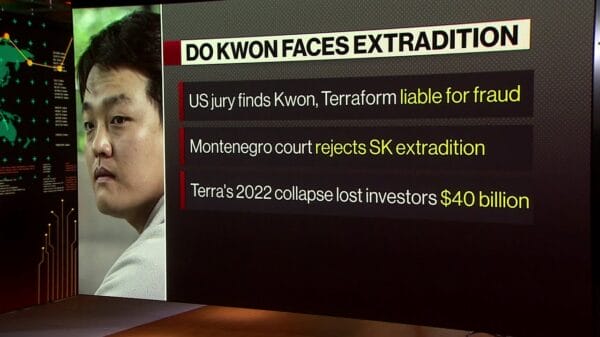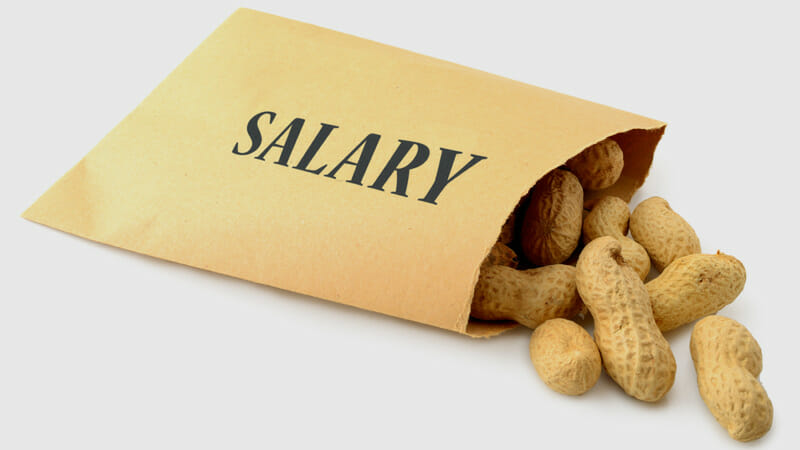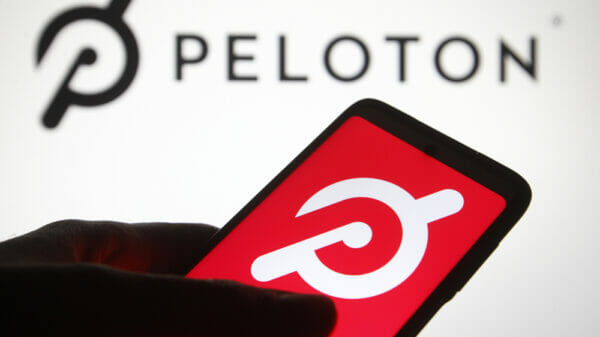The job market is constantly evolving with shifts in demand for different professions.
One significant trend impacting the economy is the aging population in the United States, a trend also seen in many other advanced economies. With the aging of baby boomers, the need for personal care services is on the rise. This surge in demand has led to a significant increase in the need for home-health aides and personal-care aides. Despite this high demand and its anticipated growth, these jobs are notoriously some of the lowest-paying professions. Home-health aides and personal-care aides are experiencing the fastest growth across all American states, yet they are among the lowest-paid workers in all states except Michigan.
To become a home-care aide or personal-care aide, a high school diploma or equivalent qualification is typically required. The median annual salary for these roles is $24,060, averaging around $11.57 per hour, as reported by the Bureau of Labor Statistics. Although the pay for these positions may be less than desirable, there is a rapid and substantial increase in demand for these skills. The BLS projects a 41% growth for these jobs from 2016 to 2026, far exceeding the growth projected for a majority of other occupations.
Despite the modest pay, there is strong job security for skilled aides. The dilemma remains, however, as these jobs are often classified as low-wage positions, a categorization unlikely to change in the near future. According to CareerBuilder, a low-wage job pays $14.17 or less per hour, while middle-wage jobs typically pay between $14.18 and $23.59 per hour.













































